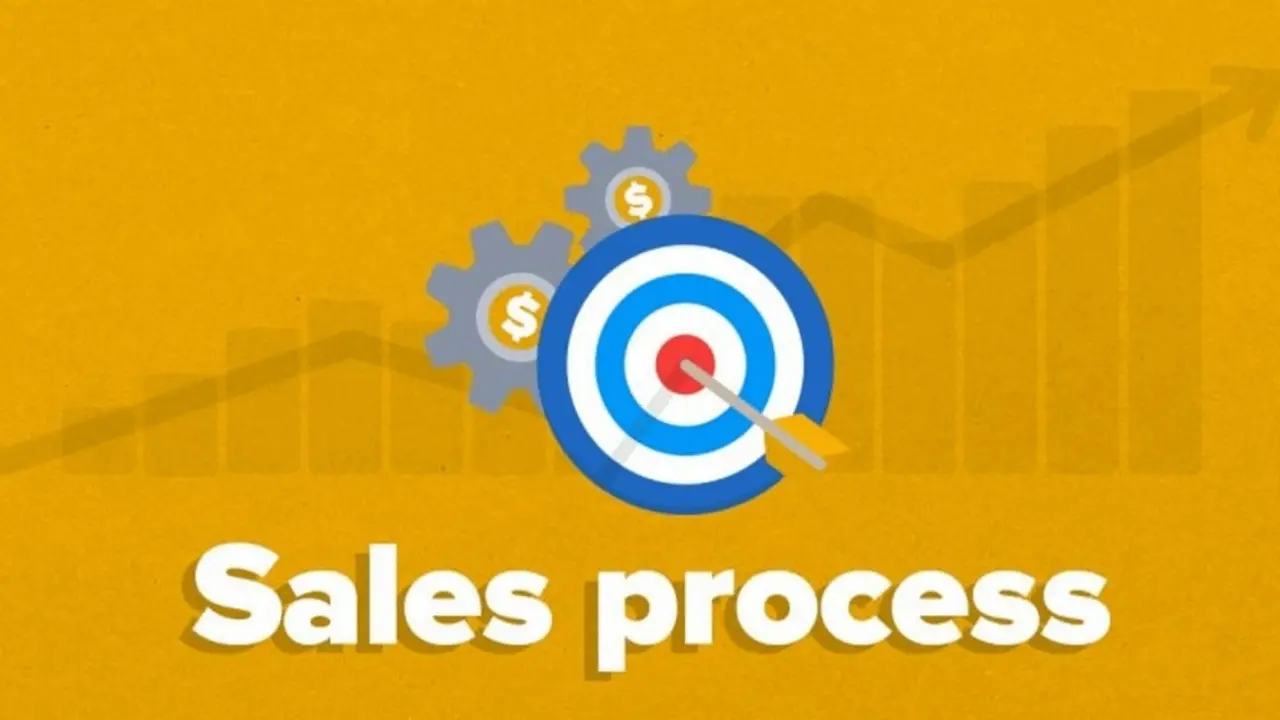It’s common to compare sales to a delicate dance, in which partners may have different rhythms and steps. Likewise, a one-size-fits-all sales process might not be the most effective strategy if your audience is large and your product line is diverse. The secret to success is developing a specialised sales process that is suited to your audience and your product.
The Importance of a Custom-Fit Sales Process
A cookie-cutter sales process can’t effectively address the specific needs and characteristics of your product and your audience as each product or service you offer may have distinct features, benefits, and use cases. A one-size-fits-all sales approach might not do justice to the nuances of each product. Your customer base may consist of a variety of segments, each with its own preferences, pain points, and buying behaviors. A generic sales process may not resonate with all these segments.
In today’s competitive environment, personalization and a tailored approach can set your business apart. It shows that you truly understand your customers’ needs.
Creating a Custom-Fit Sales Process
Here’s how to create a sales process that’s tailored to your products and audience:
Product Segmentation:
Start by segmenting your products or services into categories based on their unique attributes and benefits. This helps you understand the specific selling points for each.

Audience Segmentation:
Analyze your audience and segment them according to demographics, psychographics, and buying behaviors. Create detailed buyer personas for each segment.
Aligning Product and Audience:
Match each product segment with the most relevant audience segment. For example, a high-end product may be better suited for an audience with a higher income level.
Customized Sales Approach:
Craft a sales approach for each product-audience pairing. This approach should consider the needs, preferences, and pain points of both sides.
Sales Team Training:
Train your sales team to understand the nuances of each product and audience. They should be able to adapt their approach based on the pairing.
Additional Exciting News: Digital Dining: Online Lead Generation Tactics for Your Food Brand
Parameters of Success
Measuring the success of your custom-fit sales process involves tracking a variety of key performance indicators (KPIs):
- Conversion Rates: Measure how effectively the sales process converts leads into customers for each product-audience pairing.
- Customer Retention: Assess the customer retention rates for each segment, as this reflects the satisfaction and effectiveness of the sales process.
- Sales Team Performance: Evaluate the performance of your sales team by segment, considering factors like closing rates and customer feedback.
- Product Performance: Monitor the sales of each product segment to determine if the sales process is effectively highlighting its unique selling points.
In a diverse business environment, a custom-fit sales process is not just a luxury but a necessity. It’s the key to effectively addressing the specific needs of your products and the nuances of your audience. By aligning products with the most relevant audience segments and customizing your sales approach, you’ll be better equipped to drive success and stand out in a crowded market. In this age of personalization, a tailored approach to sales can make all the difference.


